Homosexual Relations with a Jew | MARCH 5
The handsome, blond, and athletic scion of a noble family in Lower Saxony, Gottfried von Cramm had all the features sought by the Nazis for propaganda purposes. Nevertheless, the two-time winner of the French Open tennis tournament (1934 and 1936) explicitly refused to be used as a poster boy for Nazi ideology and never joined the NSDAP. After repeatedly spurning opportunities to ingratiate himself with the regime, it was another issue that got him into trouble. On March 5, 1938, von Cramm was arrested under Paragraph 175 of the German penal code, which prohibited homosexual conduct. He was alleged to have had a relationship with a Galician Jew, the actor Manasse Herbst. Reformers had nearly succeeded in overturning the statute during the Weimar republic, but the Nazis tightened it after their ascent to power.
Harold MacMichael | MARCH 3
This etching by the German-Jewish artist Hermann Struck depicts the fifth British High Commissioner for Palestine, Harold MacMichael, who took office on March 3, 1938. MacMichael had previously held various positions in Africa. The High Commissioner was the highest-ranking representative of the Empire in Mandatory Palestine. The creator of the portrait, Hermann Struck, an Orthodox Jew and an early proponent of Zionism, had emigrated to Palestine in 1923 and settled in Haifa. He was renowned in particular for his masterful etchings, a technique he had taught to artists such as Chagall, Liebermann, and Ury.
End of “The Eternal Road” | MARCH 2
Unwelcome in Nazi Germany as a Jew, a socialist, and a composer of music considered “degenerate” by the regime, Kurt Weill was able to celebrate his 38th birthday on March 2 in safety. After attacks in the Nazi press and targeted protests, Weill had already emigrated to France in 1933. Rehearsals for the premiere of his opera “The Eternal Road” (libretto: Franz Werfel) provided him with an opportunity to travel to the United States in 1935. Due to numerous technical difficulties, the premiere was postponed until 1937. Weill seized the opportunity and remained in America.
Destination Uruguay | MARCH 1
In the spring of 1938, the Berlin electrician Moses Wainstein was making arrangements to join the steady stream of Jewish emigrants. His destination was faraway Montevideo. He was planning to travel from Berlin to Marseille, where he intended to board a ship for South America. On March 1, he received the requisite French transit visa. Uruguay was regarded as a country with strong democratic traditions, little pressure on newcomers to adapt, and good job prospects for tradesmen. Jewish relief organizations and travel agencies advised prospective emigrants on choosing their new home, finding the best route possible, and procuring the required papers.
“Degenerate” | FEBRUARY 24
In the traveling exhibition “Degenerate Art,” initiated in Munich in 1937, the Nazis used 650 works of art confiscated from 32 museums in order to force their idea of art upon the populace: newer trends like expressionism, surrealism, or fauvism, to name just a few, were regarded as “Jewish-Bolshevist” and roundly disparaged. The front page of the exhibition catalog shows a piece titled “Large Head” from the workshop of the German-Jewish artist Otto Freundlich, one of the first exponents of abstract art. It was created in 1912 to symbolize hope for a new beginning. Even apart from Freundlich’s Jewish background and his artistic leanings, being a communist made him politically unacceptable in the eyes of the regime.
Kibbutz Giv’at Brenner | FEBRUARY 14
Kibbutz Giv’at Brenner was established in 1928 by young immigrants from Poland and Lithuania who were soon joined by a group from Germany. As in many other kibbutzim, conditions at Giv’at Brenner were initially harsh, causing some members to leave. In the 1930s, due to the absorption of new immigrants, the kibbutz grew. Over time, a thriving agriculture and various industrial enterprises, including a cannery and a factory for irrigation equipment developed. The picture presented here shows the carpentry shop of the kibbutz in 1938. A unique feature was Beit Yesha, a vegetarian convalescent home established in the mid thirties—the first of its kind in a kibbutz.
Atmosphere of hopelessness | FEBRUARY 4
“May you continue for a long time to be granted the opportunity to dedicate your tried and tested skills to the welfare and benefit of the city.” With these words, Berlin mayor Heinrich Sahm congratulated Prof. Erich Seligmann, Director of Scientific Institutes at the Public Health Department and an eminent authority on issues of public health, on his 25th year of service in 1932. Barely half a year later, in March 1933, Seligmann was dismissed, despite his recognized scientific achievements and his outstanding knowledge in the field of epidemics control, which he had demonstrated inter alia as a staff surgeon in World War I. In this diary entry dated February 4, 1938, Seligmann writes about “widespread confiscation of passports from Jews” and “an atmosphere of hopelessness.” Seligmann was planning a trip to Rome, where he and his wife Elsa hoped to meet their son Rolf.
The Fifth Column | JANUARY 24
In the 78th and last year of its existence, the orthodox weekly Der Israelit reports on measures of the anti-semitic, pro-German Goga-Cuza government in Romania: The country’s Jews were subjected to various chicaneries and occupational bans similar to those in Germany. As a result of gains in territory and population in WWI, about 30% of Romanians belonged to minority groups, who were seen as a “Fifth Column.” Jews especially were the object of fears and suspicions which easily turned into violent hatred.
Staged normalcy | JANUARY 14
The January issue of the Berlin Kulturbund magazine conveys a sense of normalcy—local businesses advertise merchandise and services like cosmetics, women’s apparel and car repairs, while the Kulturbund schedule offers Eugene Scribe’s “The Ladies’ Battle.” The comedy must have provided a welcome respite from the worrisome situation.
Unexpected allies | JANUARY 4
While the Methodists constituted a minority in Germany, they were a major denomination in the English-speaking world. The Nazis began wooing Methodist leaders in Germany as early as 1933, hoping to use them to propagandize fellow Methodists in the United States. German Methodist leaders became willing tools of the Nazis; not only did Methodist bishops avoid criticizing the regime, they explicitly praised what they saw as its successes. Against this background, it is all the more remarkable that the US National Methodist Students Conference adopted a resolution in which it condemned the antisemitic policies of Nazi Germany.



































